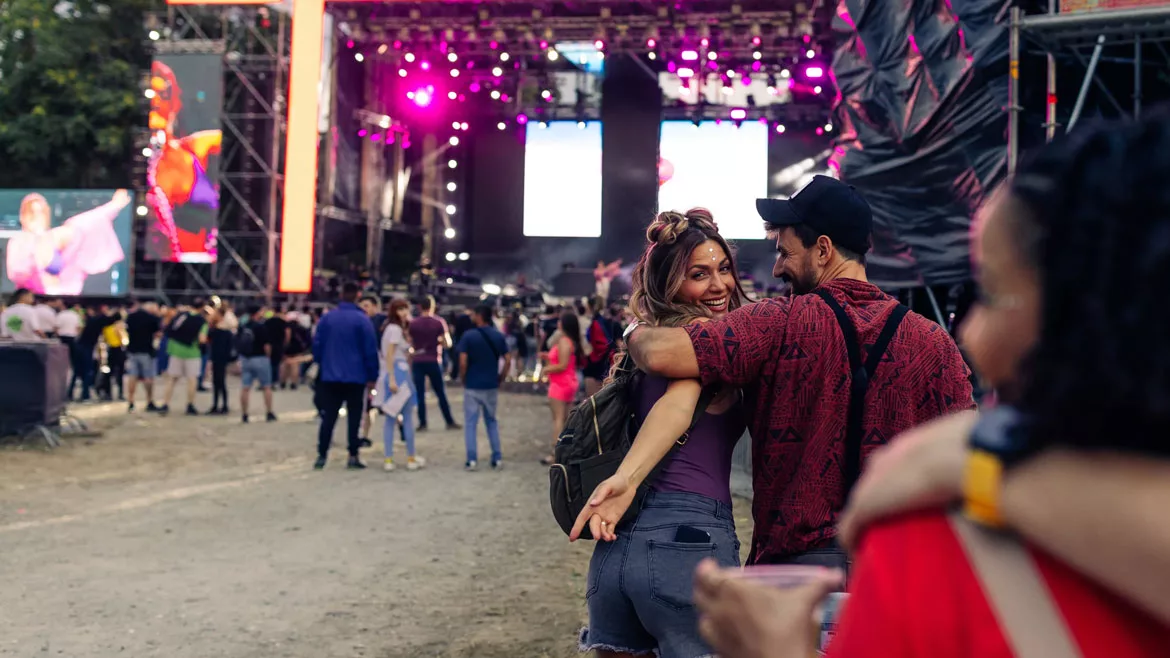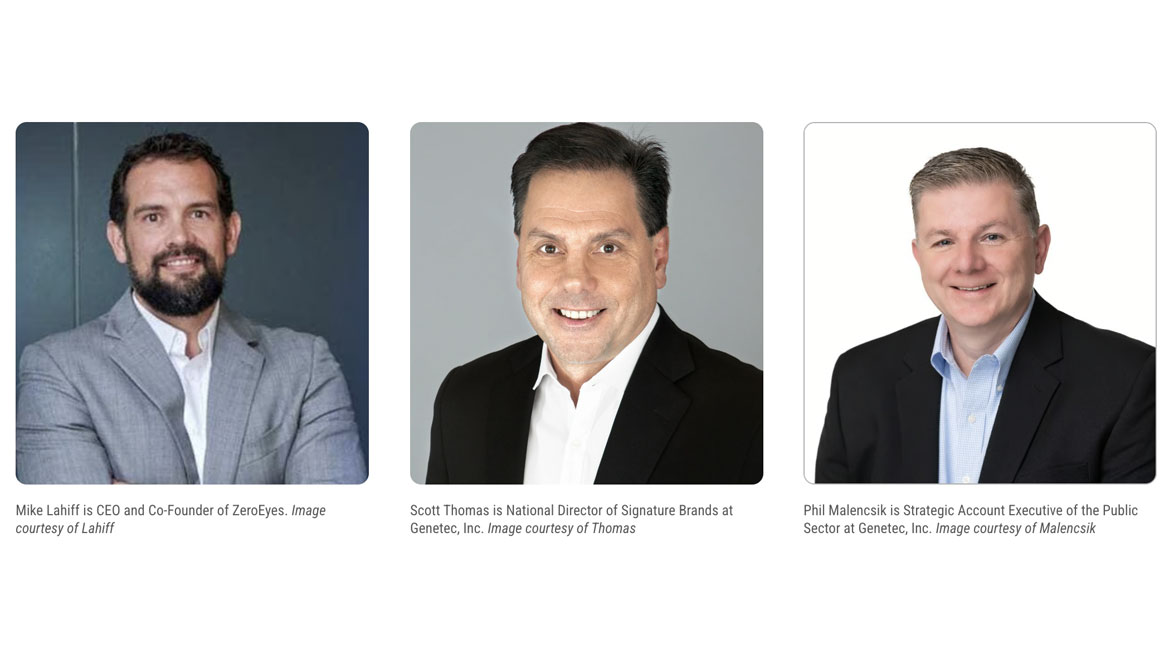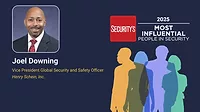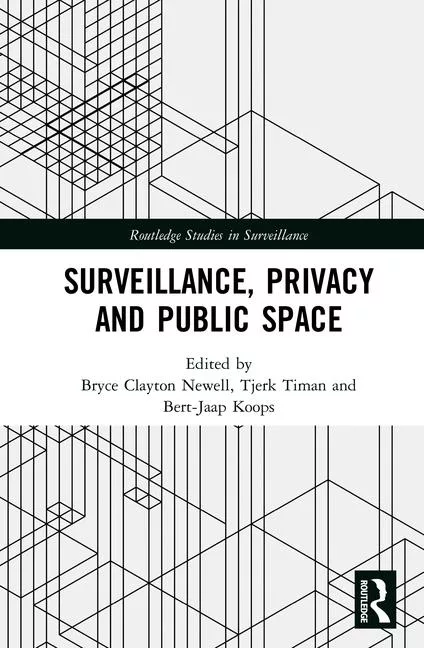Integrated Solutions
Securing public spaces without a perimeter
Security leaders have to get creative with security strategies when ensuring public safety in spaces without clear borders.

bernardbodo / iStock / Getty Images Plus via Getty Images
In a time of mass shootings, economic uncertainty and political unrest, public safety is an ever-important problem. While organizations such as schools and hospitals have responded through tightening visitor restrictions, this isn’t always possible for public-facing organizations. Public parks, shopping malls and even some government buildings all have to remain open to the public in some capacity, making security potentially difficult.
Government buildings
Government buildings face a number of security risks. Government and legislative officials, especially those connected to high-profile decisions, are often the target of various threats. Since legislative sessions are often public information, it’s widely known when those officials are located inside the building. As the 2021 attack on the U.S. Capitol proved, it doesn’t take long for an incident to go from concerning to dangerous.
The Michigan State Capitol, for example, remains open to the public for tours when there isn’t a legislative committee in session. The building offers both guided and unguided tours, meaning visitors are allowed to roam freely through certain parts of the building.
“It can be challenging to ensure the safety of all government employees and visitors, especially in a polarized political climate like we are currently experiencing. Government security personnel are tactically trained, but it’s impossible to fully prepare them for an active shooter situation,” says Mike Lahiff, CEO and Co-Founder of ZeroEyes.
Protecting retailers
Like government buildings, retail organizations have a high volume of visitors, all of whom are entering and exiting at different times. Retailers have to protect their merchandise, visitors and employees. A shopping mall, for example, has to keep track of the stores themselves, the hallways between them, kiosks and any restaurants that may be attached. There are typically multiple entrances, both into hallways and directly into stores, and during popular shopping seasons facilities can get incredibly crowded.
“A retailer’s top priority is to keep its employees and customers safe. A multi-layered approach that includes security technology and private-public collaboration can help,” says Scott Thomas, National Director of Signature Brands at Genetec, Inc.

Protecting retailers
Like government buildings, retail organizations have a high volume of visitors, all of whom are entering and exiting at different times. Retailers have to protect their merchandise, visitors and employees. A shopping mall, for example, has to keep track of the stores themselves, the hallways between them, kiosks and any restaurants that may be attached. There are typically multiple entrances, both into hallways and directly into stores, and during popular shopping seasons facilities can get incredibly crowded.
“A retailer’s top priority is to keep its employees and customers safe. A multi-layered approach that includes security technology and private-public collaboration can help,” says Scott Thomas, National Director of Signature Brands at Genetec, Inc.
The growth of organized retail crime (ORC) has led retailers to rethink their security strategies. Security leaders work to protect not only their merchandise, but their employees and visitors from harm. With a high rate of staffing shortages, retailers may turn to additional technology tools to help them succeed.
“Unified security platforms can include emergency plans, such as notifying employees and law enforcement. Likewise, security technology that integrates with local law enforcement can produce crime-fighting partnerships,” says Thomas.
Open-air security
Open-air spaces can pose additional security challenges. There are little to no walls, making it difficult to section off an area. Visitors may be allowed to move seamlessly throughout the space, and non-ticketed events mean that there may also be unknown visitors in the space. An event in a public park, for example, has both event guests and locals wandering the area, making it harder to screen guests ahead of time.
“Securing open-air events or other large-scale outdoor public occasions requires a delicate dance between mobility, safety and security. Festivals want to ensure guests have a good time while remaining safe. This requires communication between multiple stakeholders. The event team, local businesses, government agencies and first responders can work together to create an environment of situational awareness, cohesive assessment and response,” says Phil Malencsik, Strategic Account Executive of the Public Sector at Genetec, Inc.
An important aspect of open-air security is collaboration with local law enforcement. The officers who normally monitor the area are an invaluable resource when planning security for an event. They’ll know which areas are more difficult to monitor than others or what the busiest times of day are in the area. Local law enforcement may also have access to additional resources, including video surveillance systems.
“When looking to secure large, distributed events across a city, police departments in some communities have started turning to real-time crime centers (RTCCs). RTCCs allow first responders to gather real-time information and supervise multiple venues from a single location. If additional intervention is needed, operators can send real-time information to their team at the event. They can even use analytics to proactively determine if certain areas need additional security presence,” says Malencsik.
Open-air events also affect nearby retailers whose stores may receive more traffic than normal. Parades often lead to spectators waiting for hours along sidewalks, blocking store entrances and making it harder to locate malicious actors. These type of events require looking at the entire picture, sometimes including locations several blocks away.
“Many cities have also started implementing public-private community programs that allow law enforcement to work with local businesses to share video data and other evidence if needed for investigations. Technology plays a fundamental role in ensuring this effective collaboration. Law enforcement agencies can deploy a camera registry framework and gateways to centralize video from public and private entities into an RTCC. It’s important when implementing programs that allow public and private groups to share data, that protocols are in place to protect the privacy of individuals and other sensitive data,” says Malencsik.
Creating a security strategy for public spaces requires collaboration. Security leaders faced with this challenge can learn from retailers, event management and law enforcement.
Looking for a reprint of this article?
From high-res PDFs to custom plaques, order your copy today!









